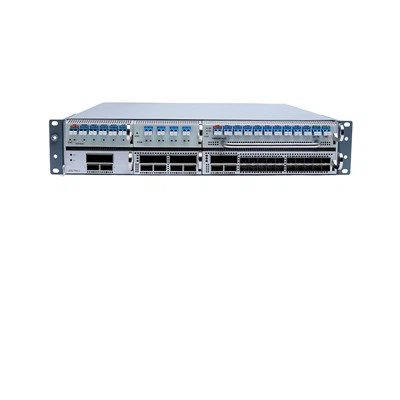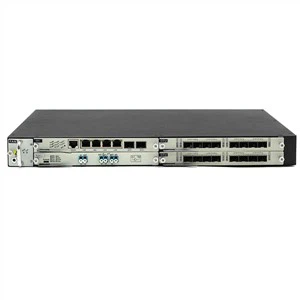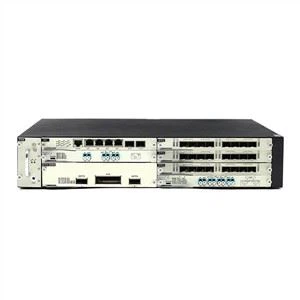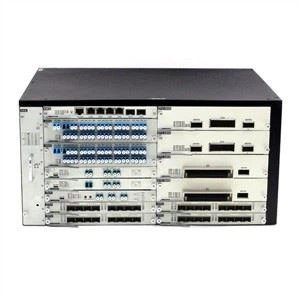
CWDM is a low-cost WDM transmission technology for the access layer of the metropolitan area network. In principle, CWDM uses an optical multiplexer to multiplex optical signals of different wavelengths into a single fiber for transmission. signal, connect to the corresponding receiving device.
WDM is a communication technology that combines a series of optical signals carrying information but with different wavelengths into a bundle and transmits them along a single fiber; and then uses a certain method at the receiving end to separate the optical signals of different wavelengths. This technology can transmit multiple signals on a fiber at the same time, and each signal is transmitted by a certain wavelength of light, which is a wavelength channel.
In the same fiber, two or more optical wavelength signals transmit information through different optical channels at the same time, which is called optical wavelength division multiplexing technology, or WDM for short.
Optical wavelength division multiplexing includes frequency division multiplexing and wavelength division multiplexing. There is no obvious difference between optical frequency division multiplexing (FDM) technology and optical wavelength division multiplexing (WDM) technology, because light waves are part of electromagnetic waves, and the frequency of light has a single correspondence with wavelength. Usually it can also be understood in this way, optical frequency division multiplexing refers to the subdivision of optical frequencies, and the optical channels are very dense. Optical wavelength division multiplexing refers to the rough division of optical frequencies, and the optical multiples are far apart, even in different windows of the optical fiber.
Optical wavelength division multiplexing generally uses wavelength division multiplexers and demultiplexers (also called multiplexers/demultiplexers), which are placed at both ends of the fiber to realize the coupling and separation of different light waves. The principle of these two devices is the same. The main types of optical wavelength division multiplexers are fused taper type, dielectric film type, grating type and flat type. Its main characteristic indicators are insertion loss and isolation. Usually, due to the use of wavelength division multiplexing equipment in the optical link, the increase in the loss of the optical link is called the insertion loss of the wavelength division multiplexing. When the wavelengths 11 and l2 are transmitted through the same fiber, the difference between the power at the input end l2 in the demultiplexer and the power mixed in the fiber at the output end of 11 is called isolation.
At present, the products using WDM technology in the market mainly include CWDM and DWDM.
CWDM is a low-cost WDM transmission technology for the access layer of the metropolitan area network. In principle, CWDM uses an optical multiplexer to multiplex optical signals of different wavelengths into a single fiber for transmission. signal, connect to the corresponding receiving device. The main difference from DWDM is that compared with the wavelength interval of 0.2nm to 1.2nm in the DWDM system, CWDM has a wider wavelength interval, and the industry standard wavelength interval is 20nm.
Due to the wide wavelength interval of the CWDM system, the requirements for the technical indicators of the laser are relatively low. Since the wavelength interval reaches 20nm, the maximum wavelength shift of the system can reach -6.5℃~+6.5℃, the emission wavelength accuracy of the laser can be relaxed to ±3nm, and within the operating temperature range (-5℃~70℃), The wavelength drift caused by temperature changes is still within the allowable range, and the laser does not need a temperature control mechanism, so the structure of the laser is greatly simplified and the yield is improved.
In addition, the larger wavelength separation means that the structure of the optical multiplexer/demultiplexer is greatly simplified. For example, the number of filter coating layers in a CWDM system can be reduced to about 50 layers, while the number of coating layers for a 100GHz filter in a DWDM system is about 150 layers, which leads to higher yields, lower costs, and a large increase in filter suppliers. conducive to competition. The cost of CWDM filter is more than 50% less than that of DWDM filter, and it will be further reduced with the increase of automatic production technology and batch.
Welcome you ask for the CWDM products quotation and data interconnection solution.
Contact: Taylor Huang, WhatsApp: 0086 18126400550, E-mail: dac@htfuture.com





















